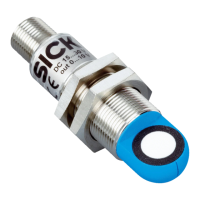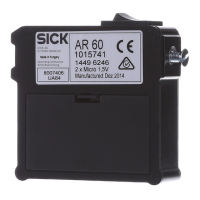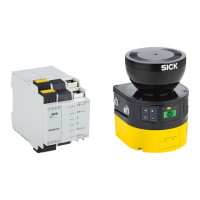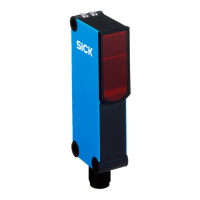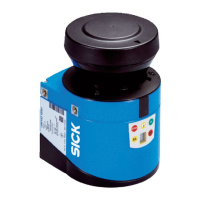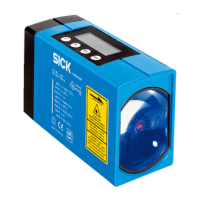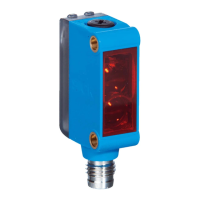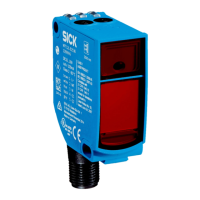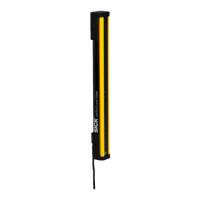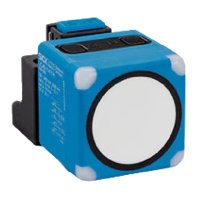
Do you have a question about the SICK UC40-112 Series and is the answer not in the manual?
| Brand | SICK |
|---|---|
| Model | UC40-112 Series |
| Category | Accessories |
| Language | English |
Provides important information on how to use devices from SICK AG and prerequisites for safe work.
Explains the meaning of signal words and symbols used in the document to indicate hazards.
Details where to find additional information on the product page, such as data sheets and CAD files.
Defines the specific purpose and application for which the UC40 ultrasonic sensor is designed.
Outlines uses of the device that are considered incorrect and potentially hazardous.
Addresses cybersecurity threats and the concept of maintaining a comprehensive security approach for the product.
Details the manufacturer's liability limitations concerning product use, non-adherence to documentation, and untrained staff.
Warns about potential dangers and warranty invalidation resulting from unauthorized modifications or conversions.
Specifies the necessary qualifications and training for personnel handling the device.
Highlights general safety notes and warnings to reduce risks to health and avoid dangerous situations.
Lists the components included in the product package, such as the device and terminal bracket.
Explains the structure of the product's type code and the meaning of each position.
Provides a visual overview of the device, identifying its key components and features.
Provides instructions and warnings regarding the safe transport of the device.
Details the procedure for unpacking the device, emphasizing care and environmental equilibration.
Instructs on checking the delivery for completeness and damage upon receipt.
Outlines the conditions for proper storage to maintain device integrity and prevent damage.
General guidance on how to mount the device, including observing technical data and temperature.
Covers mounting distances and synchronization/multiplex operation for multiple devices.
Explains how to align the device for optimal performance on smooth and rough surfaces.
Details the procedure for using the alignment aid to correctly position the device.
Describes how to operate the locking and unlocking mechanism of the device's release button.
Step-by-step guide on how to attach and secure the device in its mounting bracket.
Provides essential guidelines and precautions for connecting the device's wiring.
Outlines the necessary conditions and precautions for the safe electrical operation of the device.
Details the pin configuration for the device connectors, specifying connections and functions.
Identifies and explains the functions of the device's LEDs, buttons, and other controls.
Provides a note regarding the discard of changes if a teach-in process is incomplete.
Covers various teach-in procedures using device pushbuttons, including setting output types, resetting, and managing features.
Explains teach-in procedures using the multifunctional input, covering output settings, teach-in modes, and synchronization.
Information on using the IO-Link interface for data exchange, configuration, and diagnostics.
Details the use of SOPAS ET software for device parameterization, service, and diagnostics.
Outlines the recommended maintenance tasks and their intervals for the device.
Provides instructions and warnings for safely and effectively cleaning the device.
Specifies that repairs must be performed by qualified SICK AG personnel only.
Provides instructions on how to return devices for service, including necessary information.
Gives guidance on the environmentally friendly disposal of the device according to regulations.
Details key mechanical and electronic specifications of the device, including voltage and power.
Presents detailed physical dimensions and mounting hole specifications for the device.
Lists performance characteristics such as operating range, resolution, and response time.
Describes the device's interfaces, including IO-Link and digital output specifications.
Specifies the operating and storage temperature ranges for the device.
Explains the device's temperature compensation mechanism and automatic adjustment conditions.
Illustrates the detection areas and ranges for different device models and objects.
Directs users to the product page for information on available accessories and related installation guides.
Information on how to download conformity declarations and certificates for the product.
Details the open source software licenses used in the device and where to find more information.
